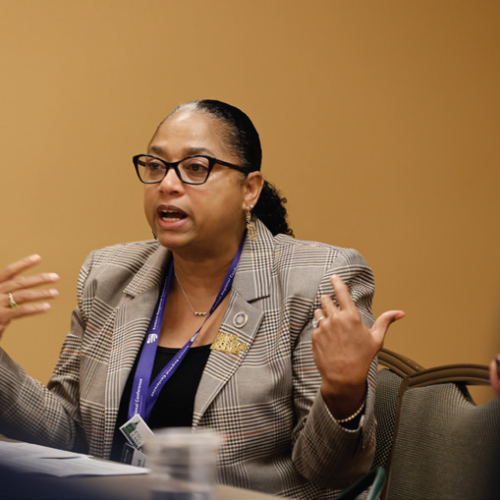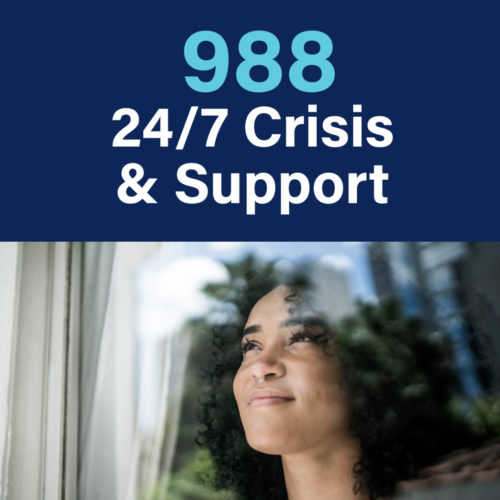New Jersey reduces its C-section rate
This post is reproduced in its entirety from New Jersey Business, December 18, 2019.
New Jersey’s overall C-section rate dipped to 34.3% last year, marking the lowest rate this decade as the state focuses on reducing the number of C-sections performed in the Garden State.

Photo by Patricia Prudente on Unsplash
In addition, the number of C-sections performed in first-time, low-risk pregnancies fell to 26.63% in 2018, a 30%reduction since 2011.
Those were the findings in a new bulletin from the Center for Health Analytics, Research and Transformation (CHART) at the New Jersey Hospital Association, which analyzed data from more than 800,000 births between 2011 and 2018 to identify the improving trendline in C-section births. The bulletin, Delivering Results: New Jersey Makes Strides in Reducing Cesarean Section Rates, is available at www.njha.com/CHART.
The data shows that New Jersey’s overall C-section rate declined 11.4 percent between 2011 and 2018. CHART also reviewed the rate of C-sections for Nulliparous, Term, Singleton, Vertex (NTSV) births, which represent first-time, low-risk pregnancies with a single fetus in the proper position. NTSV C-sections declined nearly 30 percent, from 38.07 in 2011 to 26.63 in 2018.
“We’ve made important progress; it shows continuous, systematic improvement in an area that, quite frankly, has been a challenge in our state,” said NJHA President and CEO Cathy Bennett. “This is making an impact in improving outcomes and reducing risks for New Jersey mothers and babies.”
C-sections are valid medical procedures when they are medically indicated for the health and safety of the mother and baby. However, C-sections also can carry added risks including the potential for post-surgery infections in the mother and feeding and breathing problems in the baby.
Since 2009, NJHA has partnered with its affiliate, the Health Research and Educational Trust of New Jersey; the N.J. Department of Health; and the state’s 49 birthing hospitals in the New Jersey Perinatal Quality Collaborative. It is one of 13 such collaboratives nationwide to receive funding from the U.S. Centers for Disease Control and Prevention. The initiative focuses on implementing best practices in maternal health, including strategies from the Alliance for Innovation in Maternal Health (AIM.)
“The New Jersey Department of Health supports the work the New Jersey Hospital Association does to improve birth outcomes,” said Acting Health Commissioner Judith Persichilli. “This progress reflects the hard work of the state’s 49 birthing hospitals in partnership with the New Jersey Department of Health and the New Jersey Hospital Association.”
In additional analysis, CHART identified racial disparities in the rate of improvement for overall C-sections, with the rate declining 16.4% for white women, 9.5 for Asian women and 6.7% for black women. Disparities also existed by age group, with mothers age 20-24 showing the most significant reduction in the overall C-section rate, at 21.3%. The overall C-section rate declined 12.3 for women ages 30-39, while mothers age 45 and older experienced a 4.7% increase in the overall C-section rate.
More work remains to move New Jersey’s 26.63% NTSV C-section rate to the Healthy People 2020 target of 23.9 percent. To that end, hospitals in the state’s Perinatal Quality Collaborative are focused on educating and engaging expectant mothers in their birth plans, and advocating for access to care throughout the entire pregnancy, from prenatal care to post-birth care and checkups for both mother and baby.
“Reducing New Jersey’s C-section rate has been a key focus for our hospitals these past five years,” said John Gribbin, president and CEO of CentraState Healthcare System and chair of the HRET Board. “Through HRET’s education with national expert faculty, application of best practices, development of New Jersey-focused toolkits and the commitment of our birthing hospitals, we’re seeing real change that will improve the health of New Jersey mothers and babies.”



